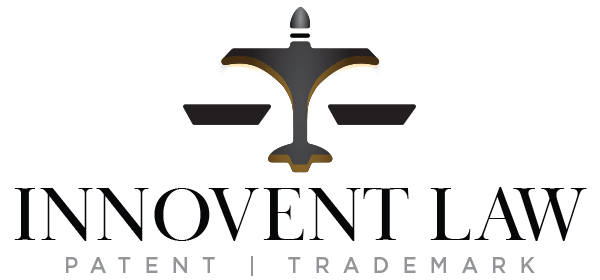You have a great idea but not sure what to do next?
While there is never a one-size-fits-all answer for this, here are some suggested next steps that might help. And as for any new business venture or project, make sure you know what your goals are with this new invention. Is your main goal to make and sell this or are you wanting to license your work to someone else?
Let’s go over these steps in bringing your idea to life.
1. Documenting Your Idea
So the first step is essentially taking that idea out of your head and onto a piece of paper or your computer, documenting your idea on how to make this happen.
- What are the different elements involved?
- How does this work?
- What is the utility and functionality of it?
I always highly recommend having some sketches to go along with how your invention would come to life. Then, there are pushed back. “I’m not an artist. I’m not an engineer. I don’t know how to draw”. It doesn’t matter. These are just for your notes. So just sit down and sketch it to the best of your abilities. By doing that, a lot of times you’ll realize that there are gaps in your thoughts and your invention. By sitting down and doing this exercise, you are essentially answering some of your questions on how to make this product or this invention, how to bring it to life, and bring it to market.
2. Do A Search
I always recommend starting with either a search with the USPTO or a Google search, which tends to be a little bit more user-friendly.
Once you’ve done that documenting exercise, highlight all the keywords, what is truly unique and innovative about your idea, and you can start with a patent search.
I highly recommend doing a google search just to see whether there’s a market for this, whether the idea has been done. How was yours improving on what was already done or how was it solving a problem in a market that was not solved previously?
The search will also help you get an idea of what has been patented. If it’s been patented and abandoned if it’s falling in the public domain. At the same time, it gives you an insight. You might want to do a little bit more digging as to why there was not a market for it, or why does the investor not push hard enough for this invention or this device? So a little bit of research here can go a very long way.
3. Prototyping
Now, here, there are a couple of considerations. If you’re going to be prototyping this by yourself, you’re absolutely fine. There is no public disclosure. But if you’re going to be working with a manufacturer or someone to help you bring this idea to life, you need to be aware that inventors and the inventorship are the people who came up with the idea, and also the person who reduced it to practice, as we like to call it in the patent world. What it means is who helps to bring this idea to life.
So if you have an idea and then an engineer works with you to implement it and comes up with ways to make this better or make it happen along the way, then they’re inventors. If that’s the case, make sure that you have a proper non-disclosure agreement with the manufacturing company or for the prototyping company that you’re working with, and make sure that they are willing to assign their intellectual property rights to you. If they become co-inventors, they have rights to your invention as well. So just something to be mindful of.
4. Identifying Your Goals
Are you trying to make and sell this yourself? In which case the prototyping phase still is valid and still will help. To prototype this, make sure that you have a proof of concept that this is makeable and doable.
If your end goal is not to make this yourself, but license it to other companies, you might look into doing a professional search because a lot of companies will ask for that and get a provisional patent application in place rather than a non-provisional one. So what IT does is you have a priority date and you have something filed, but at the same time you’re going and looking for potential licensees or people who might be interested in your invention. At that point, you can decide whether you want to invest further into converting this into a non-provisional.
Not sure what is provisional and non-provisional, check it here.
If your end goal is to license this, get that provisional filed, and start looking for potential licensees. some of them might want to take this off your hand from the provisional phase. Others will want to see where you end up within an issued patent before they give you any money on your idea. Either way, it doesn’t hurt to go the provisional route and start looking for potential licenses.
If your end goal is to make this yourself, you’re ready for a non-provisional patent application, and you’re not going to go back and make changes to your provisional application and go ahead and file your non-provisional application. But if you still need a little bit more time to do market research, tweak your invention, then definitely look into provisional applications and safeguard your rights that way.
5. Monetize Your Intellectual Property
Make the most of it as an asset, identify your intellectual property, and decide the best way to exploit it. Licensing your IP is the way to go! There are varied tools that can help you identify and protect your IP, as well as guide you on whether you can make it work for you through licensing or selling.
Photo by Trent Erwin on Unsplash
